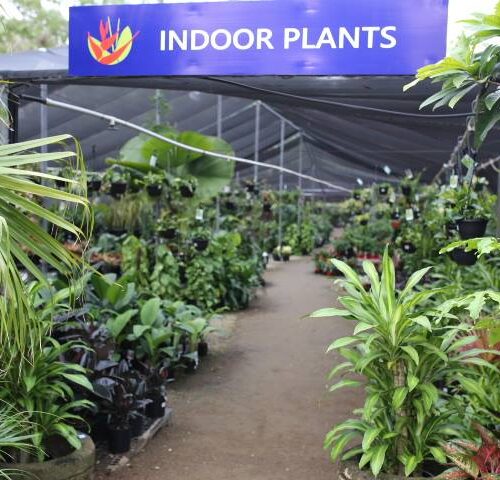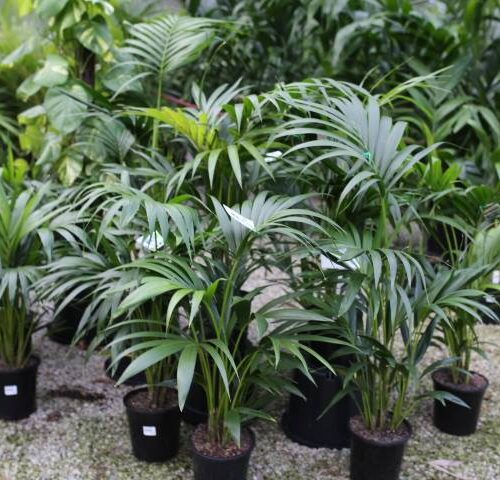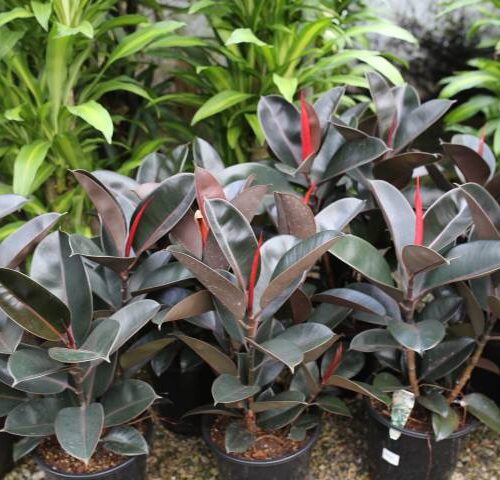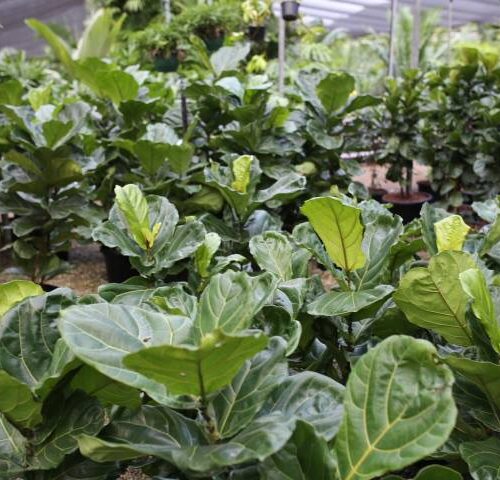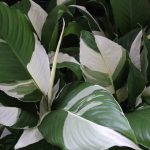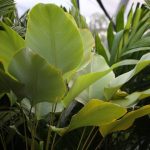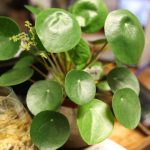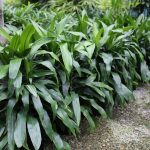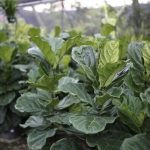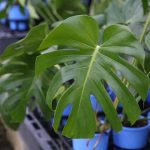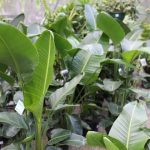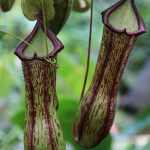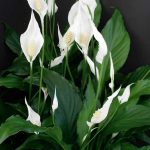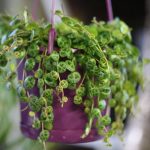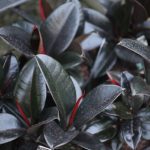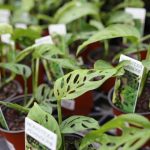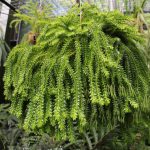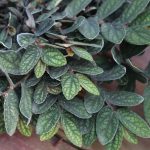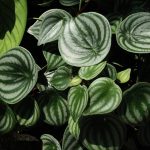Indoor Plants
Garden Center
Life in the City
Indoor Plants are more popular than ever these days. With shrinking block sizes and the transition to apartment life for many, having plants inside is the only way people can bring some greenery into their lives. Indoor plants are also thought to purify the air, and they bring a sense of life and vibrancy to the often stark interiors of modern buildings.
Right plant in the right place
There are a large number of plants that can be grown indoors, but some are better than others. Many popular choices can only really be considered “temporary display plants” – that is, they will survive indoors but will not reliably continue to grow as a healthy and attractive plant. Things in this category include cacti & succulents, bamboo and trees.
There is also the matter of positioning your plant appropriately. There will be a big difference in light levels between, say, your lounge room and your bathroom. There’s also a sharp drop off in light as you move away from the window or other light source. If your plant is more than a few metres from a window, you probably won’t have much success.
Good Character
The characteristics of a good indoor plant are all similar. Most will have fairly tough leaves, tolerate low light levels and will put up with the dry air created by heated and air-conditioning. Plants far outside their tolerances are unlikely to thrive, especially when the light they receive is very low. Top choices for indoor include palms (Rhapis, Kentia, Parlour, Bamboo, etc), Figs (Fiddle Leaf, Rubber, Lance Leaf, Benjamina), Spathiphyllum (Peacelilly), Zanzibar Gem (Zamioculcas), Philodendrons, Spider Plant (Chlorophytum sp.), Mother-in-Law’s Tongue (Sanseveria), Devil’s Ivy (Epipremnum) and Cast Iron Plants (Aspidistra).
Light of Your Life
When positioning an indoor plant, it is essential that it has good light. What does this mean? It’s hard to assess without a light meter, and rules of thumb such as “if you can read a newspaper in room the light is enough” are not always accurate. A better way of positioning plants is to keep them within 2 metres of a window. The drop off in light beyond this point is exponential and is usually insufficient for plant growth.
Plants positioned with insufficient light often take on a “stretched” appearance, with long and wispy growth. Some plants will try and lean or bend towards the light, and those with coloured foliage will usually turn green. Being in insufficient light also makes plants vulnerable to rotting, as the soil remains wet but the plant cannot use the moisture for growth. Remember – inside a house is an alien environment for a plant, so make sure you are considering its needs.

